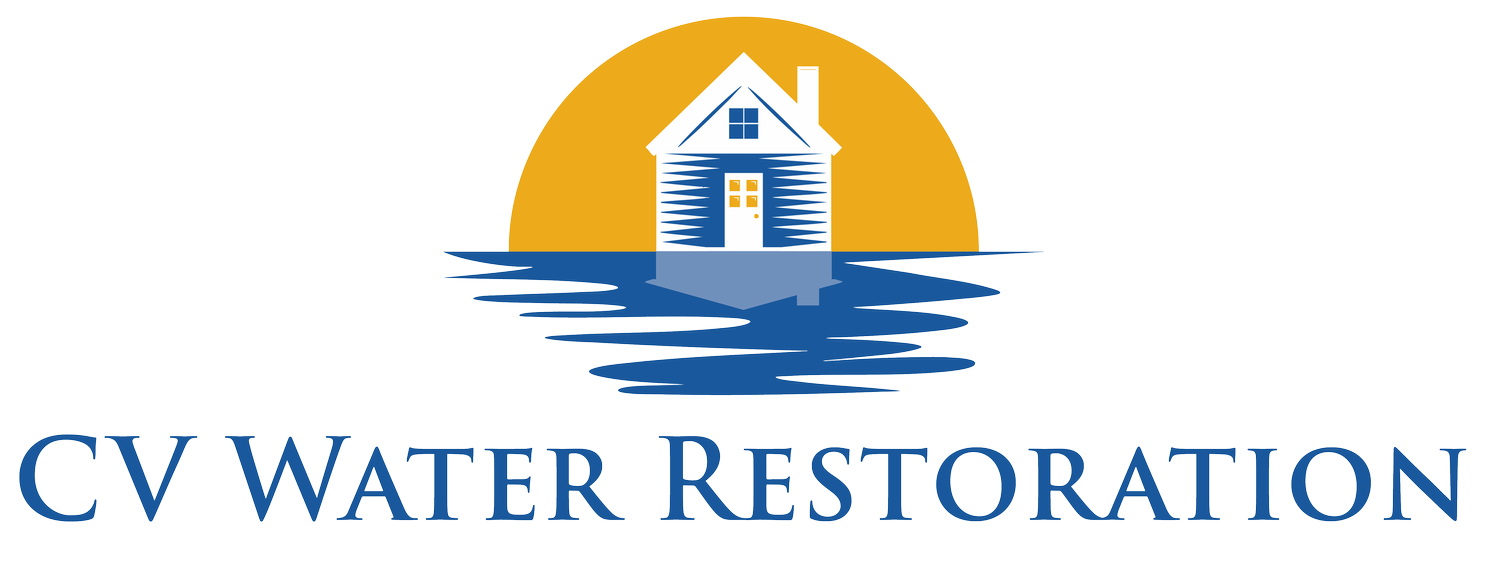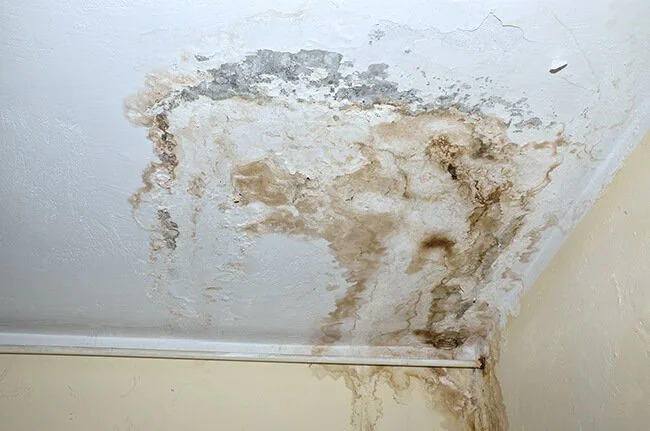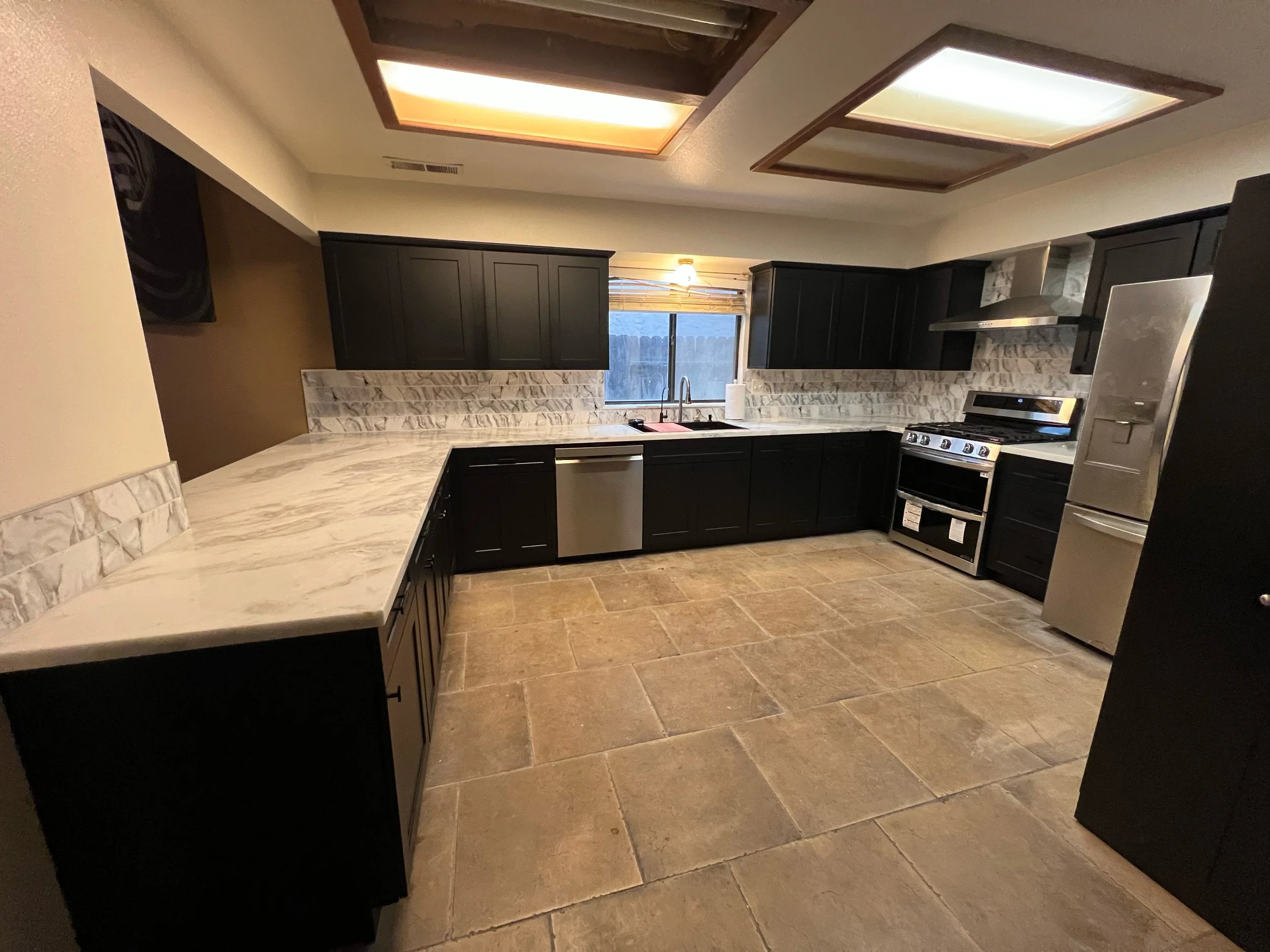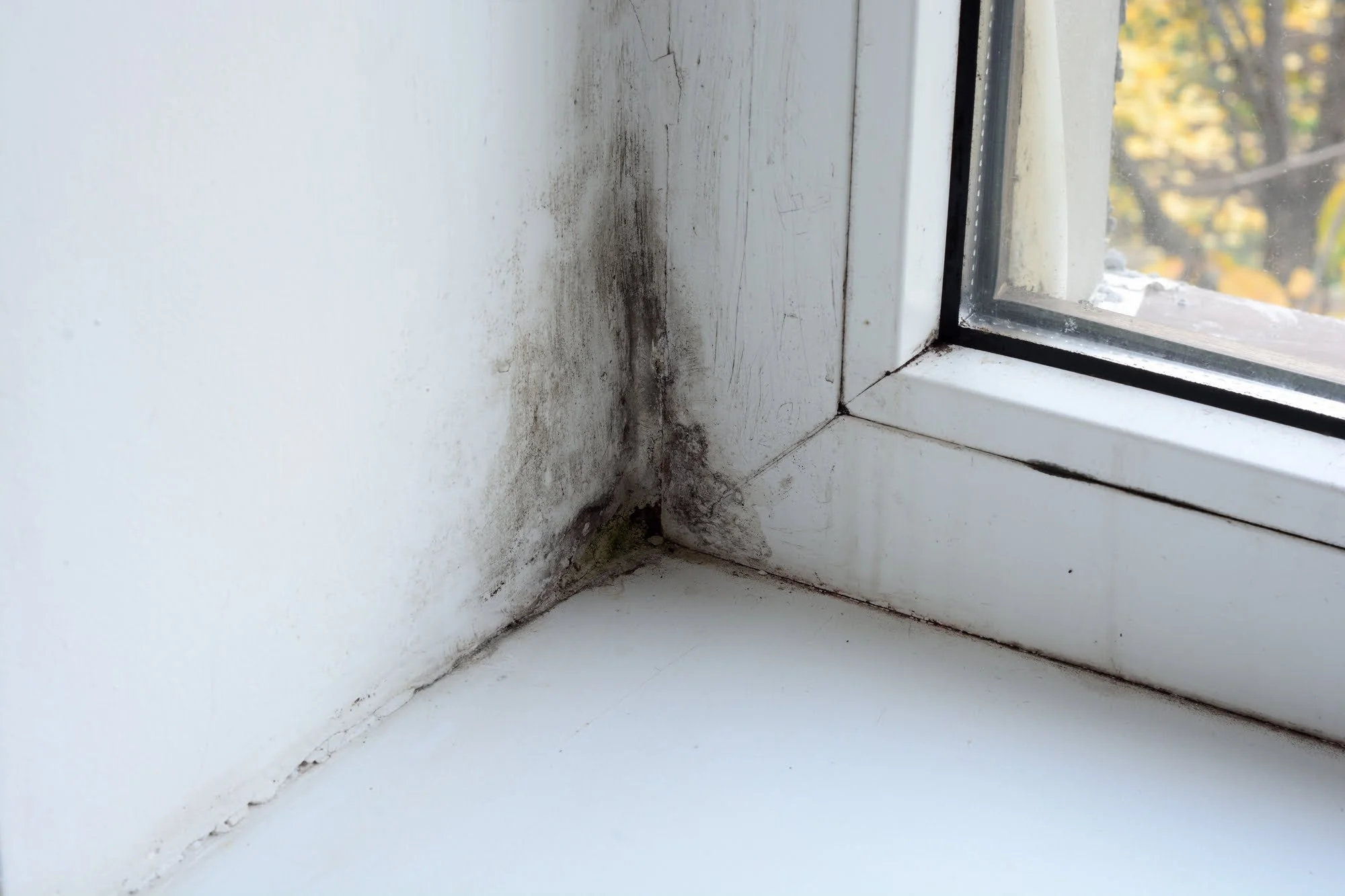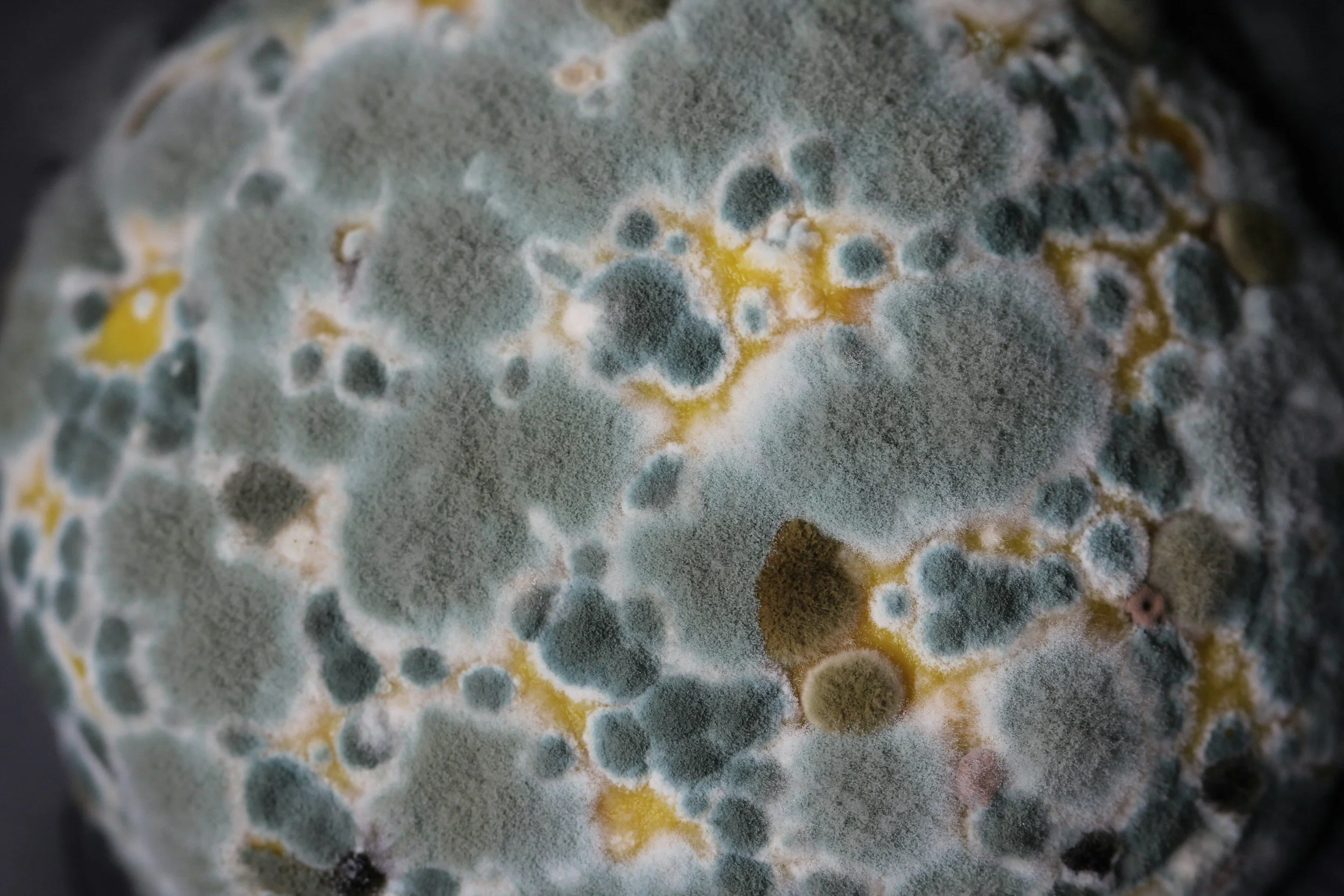Mold Removal & Remediation
Mold affects your property and your health. Our mold remediation and removal services focus on the elimination of mold right from its roots so that you get assured of a clean, safe environment.
Mold remediation is the process of finding mold, containing the mold, mold removal, and preventing growth of mold in the future within the property through mitigation. Mitigation is determining the root cause of the mold, such as moisture and humidity and addressing these issues to prevent an outbreak of mold in the future. Below are the steps of mold remediation.
Assessment: The type and extent of mold.
Containment: Avoidance of mold spreading.
Removal: Using safe methods to remove the mold.
Air Filtration: For the removal of airborne mold spores.
Restoration: Repair and restoration of the affected areas.
Mold remediation ensures that hazardous mold is eradicated from your home or business safely, causing no further problems in order to keep your health and property safe.
Protect Your Home: Mold Remediation Solutions
In the right conditions, mold growth can pose serious health and property risks. Fast mold remediation is critical to protect your living environment and limit long-term damage.
Health Safety: Mold exposure can cause respiratory problems, allergic reactions, and other health conditions.
Avoid Structural Damage: Mold can weaken the building materials in your home, leading to costly repairs.
Air Quality: Remediation clears out mold spores and improves the air quality.
Prevents Mold Spread: Containment prevents mold from spreading to areas that are unaffected.
Restores Value: Mold-free properties will retain their value in the market.
By investing in mold remediation, you are protecting your property and assuring yourself of a healthy, safe living environment.
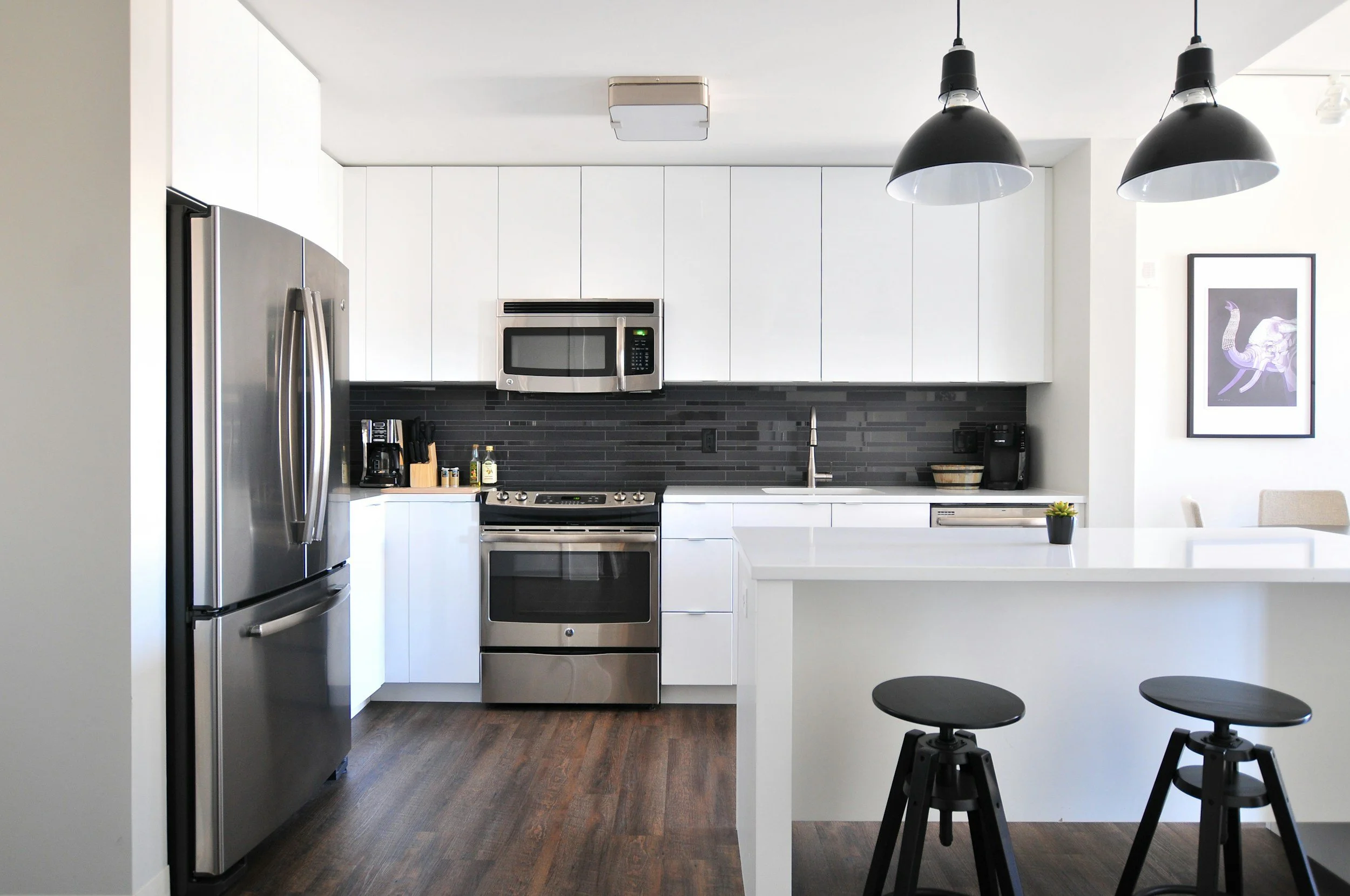
CVW Mold Remediation Process
Mold infestation can be an overwhelming and deeply frustrating experience for any property owner. Central Valley Water Restoration’s team of skilled experts provides comprehensive and professional mold remediation services designed to protect your home or business. We work diligently to create a healthy environment that is safe for you, your family, or your employees. Our thorough approach addresses the root cause of the mold growth, ensures the complete restoration of your property, and ultimately provides you with lasting peace of mind.
🏠 Customer Journey: Mold Remediation
Your step-by-step experience with our professional mold removal service
A Closer Look at mold
While mold spores are just about everywhere, knowing how they grow and spread out can help you manage any potential problems.
Understanding these important facts will greatly assist you in taking proactive and well-informed measures early on to prevent mold from developing. Additionally, it will help you effectively address, manage, and resolve the problem promptly once it has already appeared.
Mold remediation should begin with first determining and then eliminating the source of moisture. Otherwise, the mold can come back.
Most molds have a musty smell. Anything that smells out of the ordinary has the possibility of leading you to a problem.
The mold spores need moisture to thrive. When they find an area that is damp or wet, they can colonize fairly quickly.
High indoor humidity can provide ideal conditions for mold to thrive. Therefore, it's better to keep humidity less than 45%.
Mold spores are invisible and are always present in both indoor and outdoor air. They can enter your home through open windows, doors, HVAC systems, or even on your clothes or pets.

Think You have a Mold Problem?
What To Not Do!
Don’t Disturb the Mold
Avoid touching or cleaning the mold, as this can release spores into the air.
Don’t Use Fans or Blowers
These can spread mold spores
Don’t Use Bleach or Disinfectants
These chemicals can create harmful reactions and may not effectively kill all mold.
Don’t Paint Over it
Paint will trap moisture and can hide mold growth.
Don’t Try to Dry it Yourself
Improper drying can lead to hidden moisture and more mold growth.
What to Do?
Isolate the Area
Close off the room or area with mold growth to prevent the spread of spores.
2. Turn Off Air Circulation
Shut down your HVAC system and fans to avoid dispersing mold spores.
3. Identify the Source
If you can determine what's causing the moisture and address it promptly.
Recomended Articles
Frequently Asked Questions
-
Mold thrives in damp conditions and it doesn’t take long for it to start to develop. It usually starts to occur within 24 to 48 hours following a water leak. If left unattended, mold growth will occur and can quickly become out of control in a very short time. This is why water damage should be addressed immediately to avoid the chances of mold infestation.
-
Mold can spread rapidly and often goes unnoticed. To ensure proper diagnosis and removal, it's recommended to seek professional help from Central Valley Water Restoration.
-
Stachybotrys chartarum, often referred to as "black mold," is a type of mold that can pose health risks. This mold is typically greenish-black and thrives in moist environments, often growing on materials like drywall, fiberboard, and paper. Exposure to stachybotrys chartarum has been linked to various health problems, though the exact nature of the risks is still being studied.
To prevent the spread of mold and protect your health, it's crucial to address any water damage promptly. If you suspect a mold infestation, contact Central Valley Water Restoration for professional remediation services. -
Any mold discovery should be looked at by a professional.
-
Mold often emits a distinctive musty odor. When you suspect a mold problem, conduct a thorough visual inspection, including hidden areas like HVAC systems and spaces with high humidity. If you notice a musty smell but can't locate visible mold, it might be hidden.
Professionals can use specialized tools like moisture detectors and boroscopes to identify hidden mold. For extensive mold infestations, consider hiring a certified mold testing agency to conduct a thorough assessment -
Mold can produce allergens and irritants that can trigger health problems in some individuals. While there's limited evidence linking mold to severe health issues, it's important to be cautious. Studies have shown that exposure to mold can cause upper respiratory symptoms like coughing and wheezing in healthy people.
To protect your health, minimize your exposure to mold. If you suspect a mold problem, contact a professional mold remediation specialist for expert assistance.
